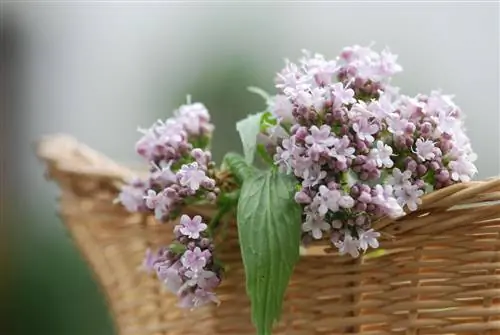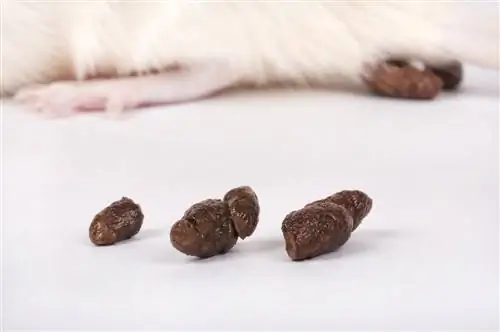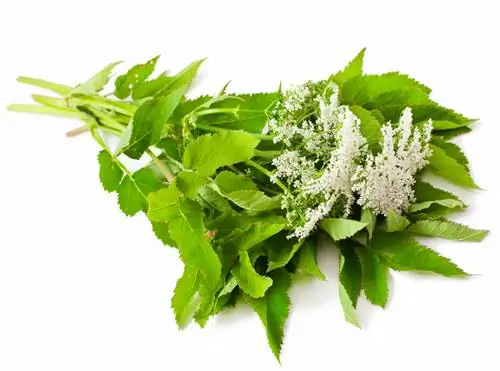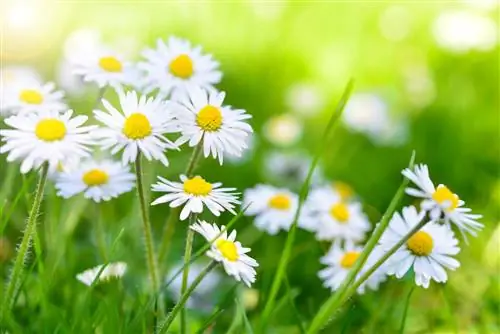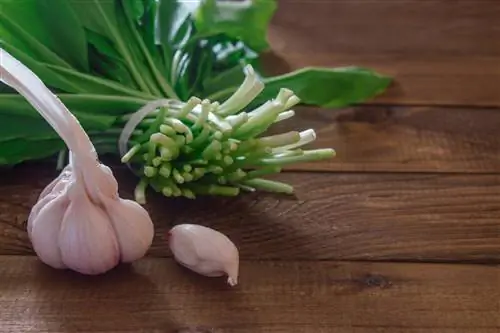- Author admin [email protected].
- Public 2023-12-16 16:46.
- Last modified 2025-01-23 11:22.
Many edible plants have poisonous doppelgangers or at least some resemblance to a poisonous plant. This is no different with valerian. This prevents some people from collecting and using (un)known medicinal plants. This article will help you safely identify valerian.

How can I recognize valerian?
The real valerian can be easily recognized byits leavesandits flowers. The rich green leaves have a characteristic pinnation and the white to pink flowers have an intense, sweet scent. The herbaceous plant grows up to two meters high.
What does valerian look like?
Valerian (bot. Valeriana) is not a type of plant, but a whole genus with different species. The great or real valerian (bot. Valeriana officinalis) is particularly well known and used in medicine. The perennial herbaceous plant can grow up to two meters tall. It has leaves up to 20 centimeters long, which are pinnate and colored rich green. Its inflorescences are paniculate and consist of numerous small individual flowers.
What does valerian smell like?
The valerian plant smellsnot particularly good, it is often even described as smelly. However, cats see it differently, they like the smell. The essential oils it contains are responsible for this. The valerian flower, on the other hand, smells pleasant, lightsweetThe scent is slightly reminiscent of vanilla.
What does valerian taste like?
The leaves of valerian tasteslightly spicy, similar to its distantly related lamb's lettuce. They can be made into salad in the same way as this one. Valerian extract, on the other hand, has a rather bitter taste. The situation is probably similar with valerian root.
Where can I find valerian?
The real valerian comes from the temperate zones ofEurope and Asia There it prefers humus-rich, moist soils, such as those found in meadows or on the edges of forests and in riparian areas. It thrives in both sunny locations and partial shade. Valerian can be easily cultivated and harvested in your own garden. It is considered a good pasture for bees and also attracts other insects.
Tip
Caution, risk of confusion
There are some more or less poisonous plants that have a certain similarity to valerian. These also include quite common species such as dog parsley (bot. Aethusa cynapium) or the less common dwarf elderberry (bot. Sambucus ebulus) as well as some hemlock species. So take a close look at plants in nature if you want to collect them.

